One day in a Swedish prison
"One day the Swedes read that in America they came up with a new way to correct criminals — to put them in solitary cells so that other prisoners could not have a bad influence on them. In solitary, as it was supposed, the villains would have time to reflect on what they had done, repent and correct themselves. The Swedes liked the idea, and for the sake of experiment, they arranged three such chambers in the Karlsten fortress.
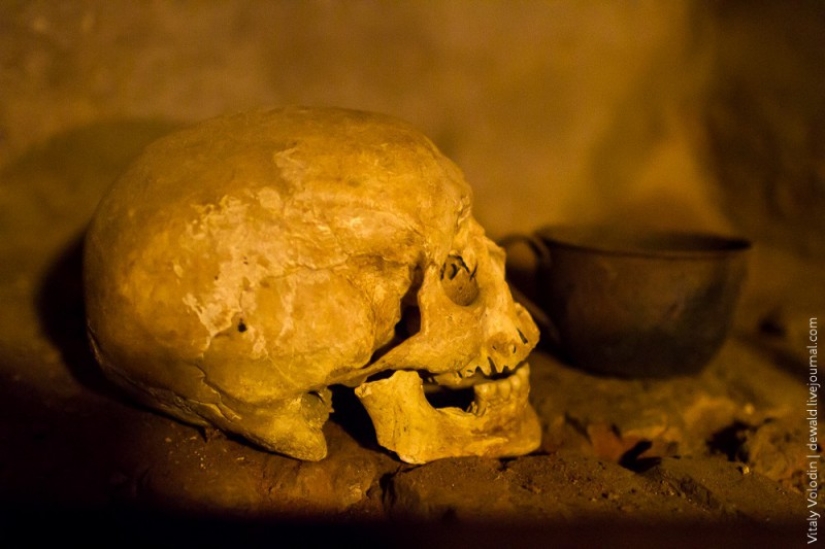
Even the guards could not enter them, and most importantly, everyone was strictly forbidden to communicate with prisoners. To begin with, they decided to limit the experiment to five years. But it didn't work out. The first two experimental singles died of anguish and despair, and the third, although he survived, but completely went crazy. When he was taken away, the only thing left of the experiment were finger marks on the masonry under the window of the cell ..."— says Vitaly Volodin.
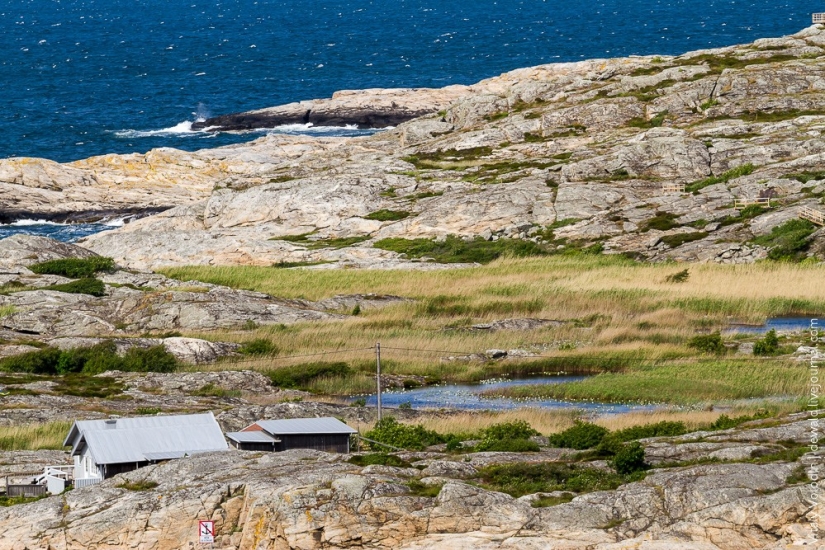
However, it is worth starting the story about the Karlsten Fortress not with this entertaining case, but with a slightly earlier story.
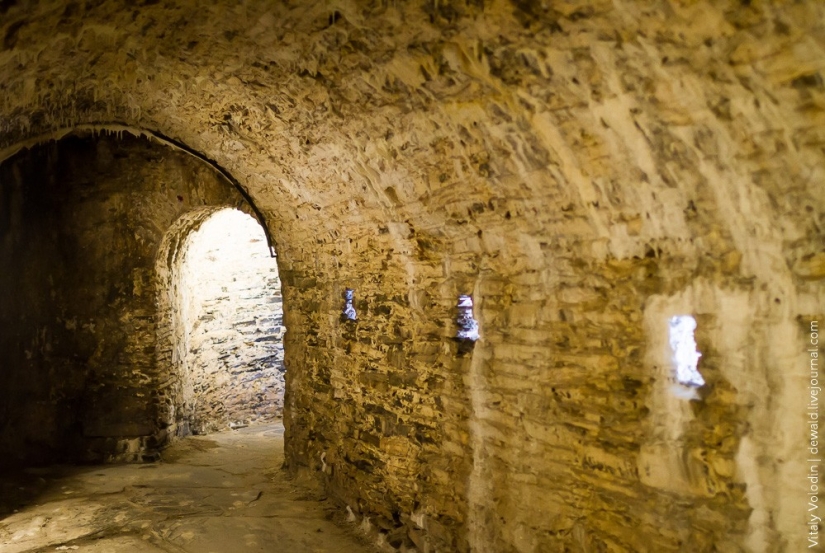
Do you remember how, after Poltava, Peter I raised the cup of health for his teachers after Pushkin? I mean, for the captured Swedes. They were teachers not only in the sense of military and any other ship business, as is commonly believed. A century before his unlucky walk on In Ukraine, the Swedes managed to implement exactly the same national project as Peter Alekseevich — to cut a window to Europe for themselves.
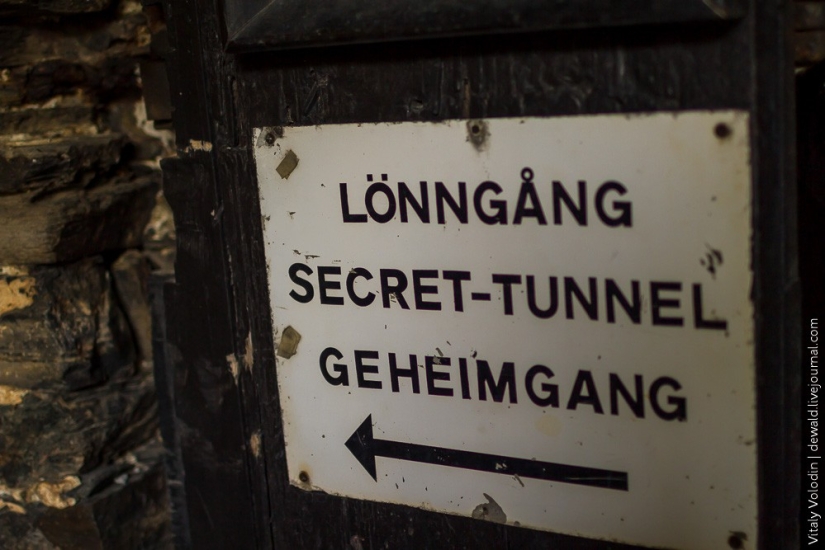
The fact is that since the time of the Vikings, the Swedes had to put up with the unpleasant fact that they had access to the Baltic Sea, but if they wanted to swim far away, they had to ask permission from the Danes. It was the treacherous Hamlets who controlled the straits from the Baltic Sea and the coast of present-day Western Sweden.

The Swedes had only one small window facing the North Sea, and for a long time and persistently (Peter managed his task much easier) they tried to expand it to a decent window. It's only today that the Swedes and Danes are twin brothers for the whole world around them. And according to the calculations of meticulous historians, for three hundred years they managed to fight with each other 16 (this is not a typo, exactly sixteen) times.
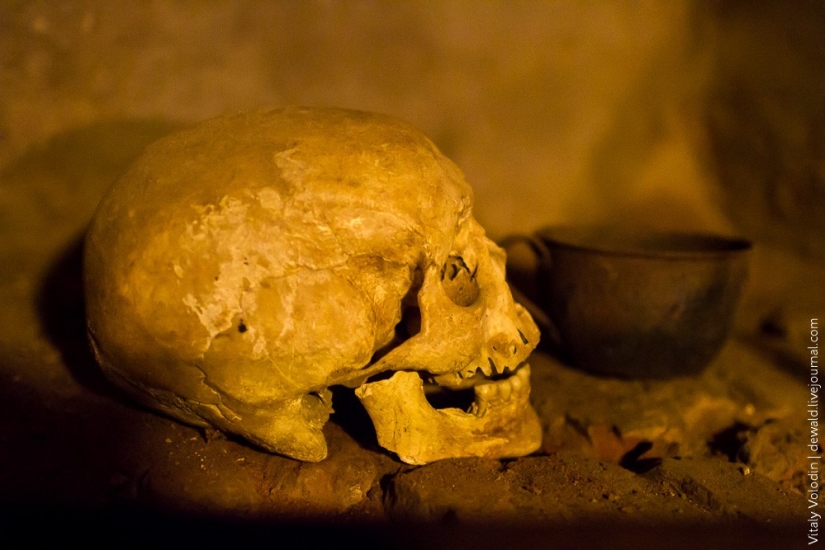
In the XVII century, luck in this protracted inter-fight finally leaned on the side of "tre krunur". They managed to squeeze Bohuslen province from their neighbors demoralized by Shakespeare and get direct access to the main world trade routes. The main port, almost St. Petersburg, decided to make Gothenburg. And in order to consolidate the result, they urgently began to build fortresses along the troubled shore.

The main stronghold, "we will threaten the Danes", was laid near the fishing village of Marstrand. It was named Karlstens Fortress (Karlstens fästning), after the name of the main tower. The one in the center. Inspires, right?
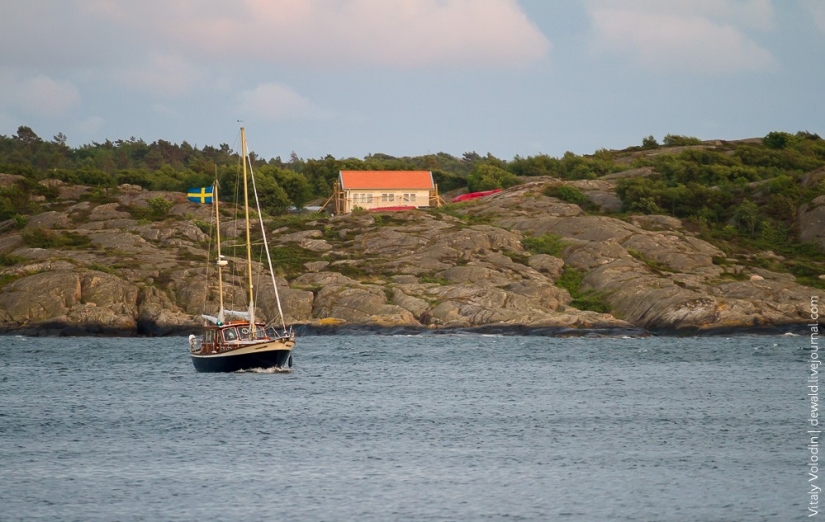
The place was archived, but there was tension with the building materials every now and then because of the next wars. Therefore, to speed up the process, it was decided to dismantle all the other fortresses in the district and send the stone to Karlsten.
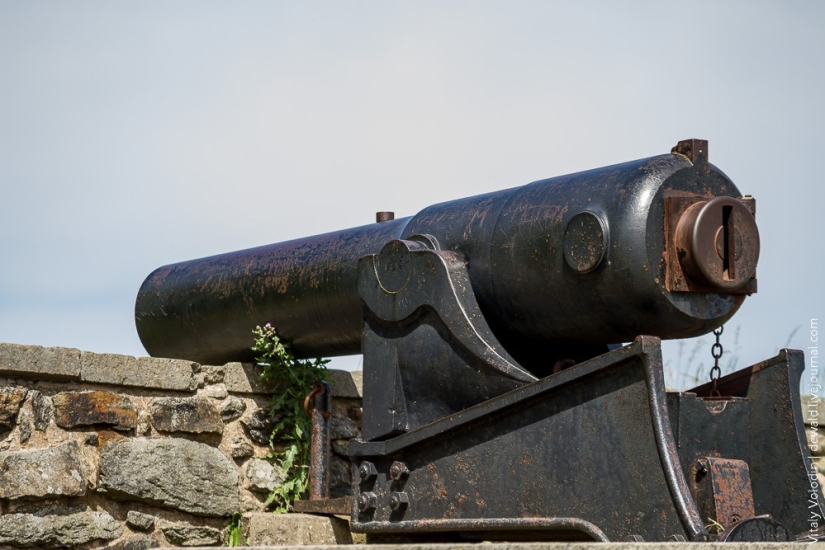
But there was one problem. The soldiers of the Swedish army dragged the heavy blocks for a while and came to the conclusion that it did not bring them much pleasure. And since they were not conscripts, but quite even contract soldiers, the argument "shut up and not discuss the order of the authorities" had no effect. The Swedish king scratched his bald head under his wig and came to the conclusion that it was necessary to look for cheaper labor.
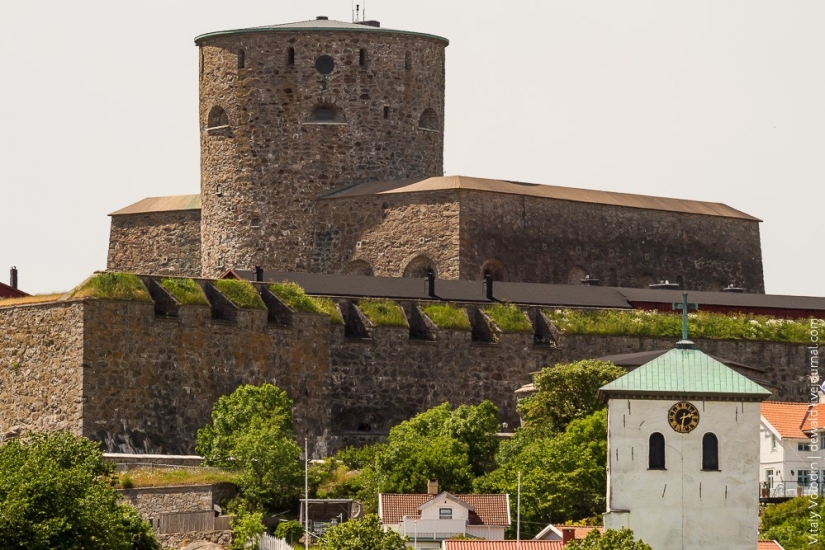
The matter was complicated by the fact that serfdom in Sweden somehow historically did not take root. The descendants of the Vikings, even after becoming respectable peasants, perceived these costs of enlightened feudalism without optimism. In response to any attempt to introduce the progressive idea "here's a gentleman for you, he will think for you, and you listen to him," a Swedish peasant suddenly remembered that he had an axe in his barn, with which his great-grandfather went to the Paris, and the question resolved itself.
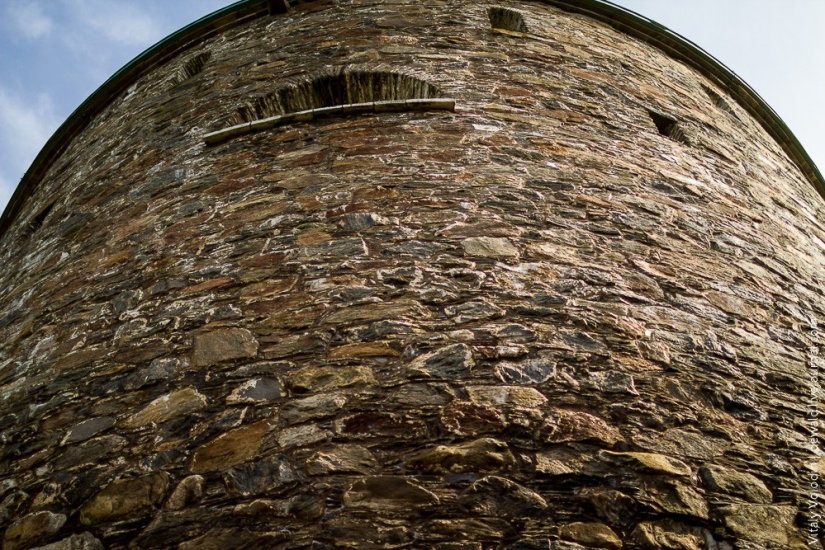
Therefore, the issue with the builders was solved in a different way. Criminals began to be sent to Karlsten en masse: from hardened repeat offenders to pickpocket boys. It was they who built the most powerful fortress in Northern Europe for their king. And at the same time, the most reliable prison for yourself.
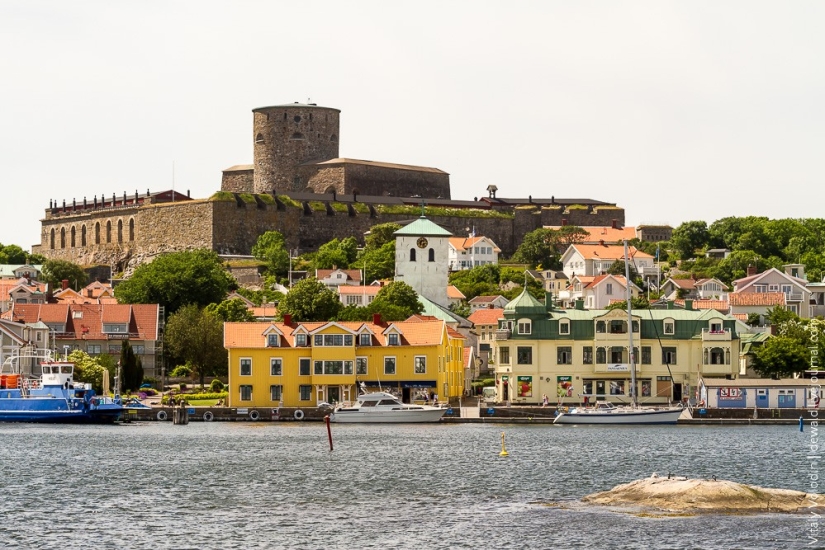
There really is nowhere to run here — the fortress stands on an island.
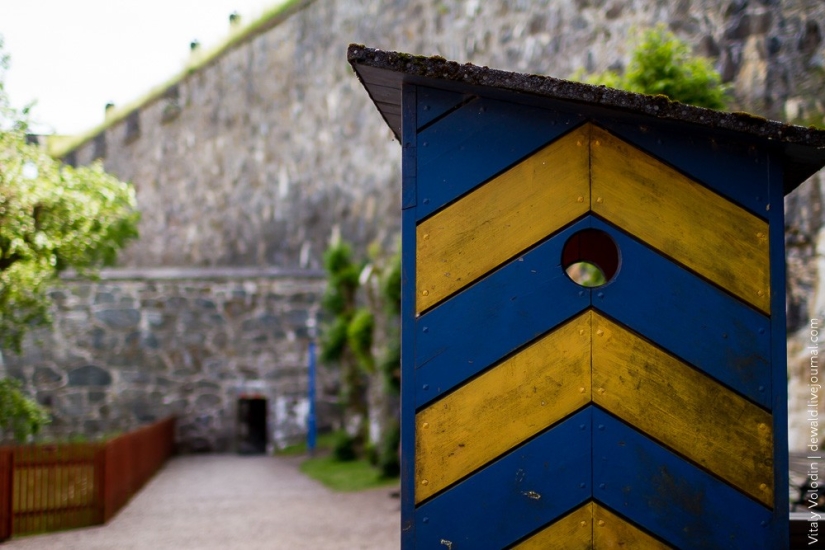
For two hundred years, there has been nothing scarier in life for the Swedes than to get to Karlsten. Conditions for convicts in the fortress were the most severe, often barely half of the prisoners survived the winter.
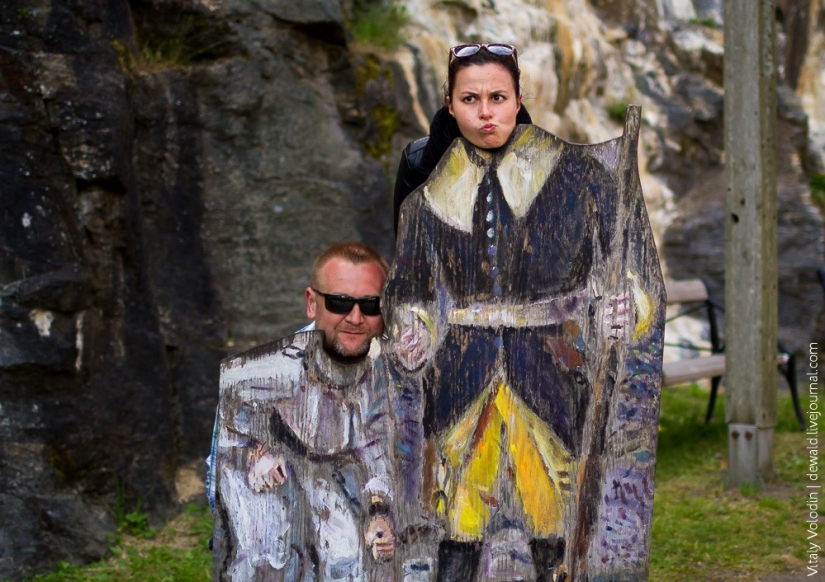
The fate of those who survived was no better — there was no way back from here.
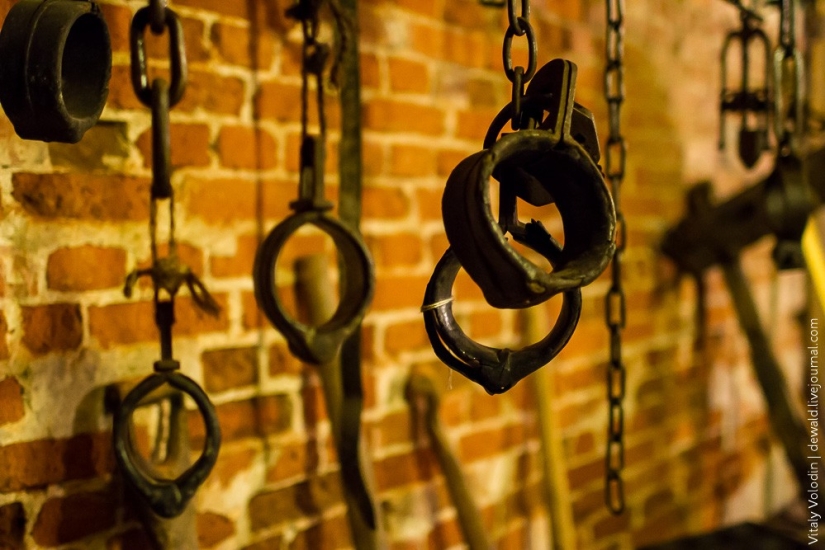
Due to the peculiarities of the location and design of the towers, an icy wind always blows inside the fortress yard, even if the sun and the utter calm are outside the walls.
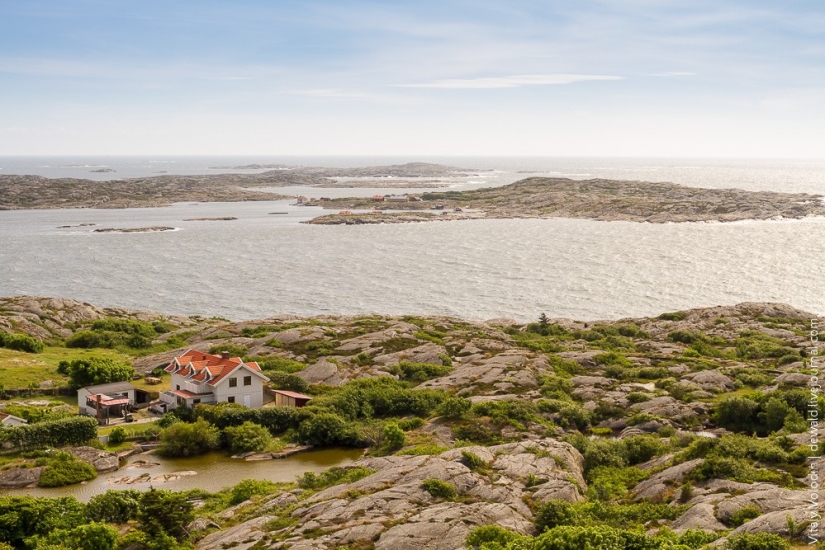
These walls are probably the highest concentration of ghosts on the planet.
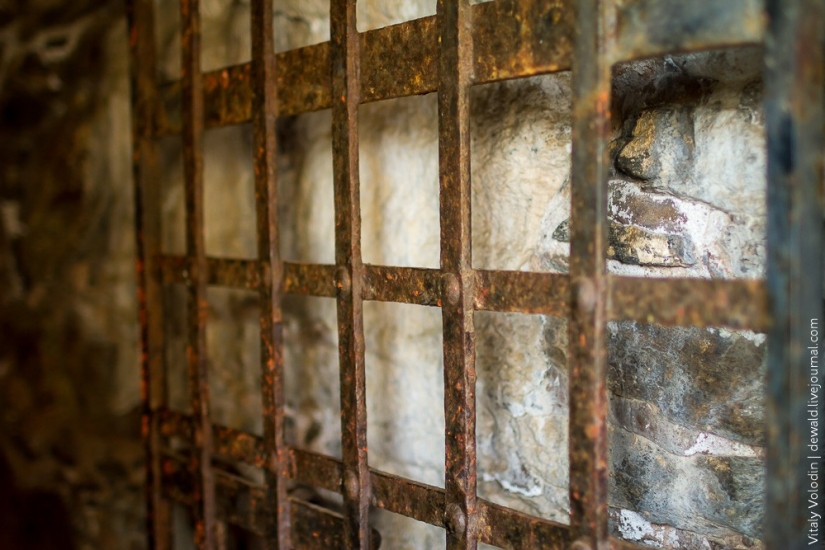
They're everywhere here.

Some can't even be distinguished from living people.
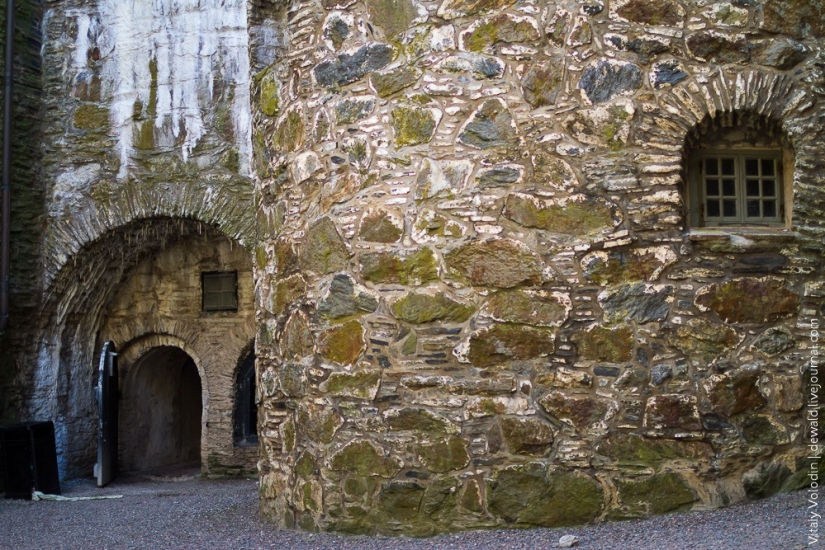
The ghosts, however, are quite friendly and will even arrange a small tour for you if you ask for it properly.
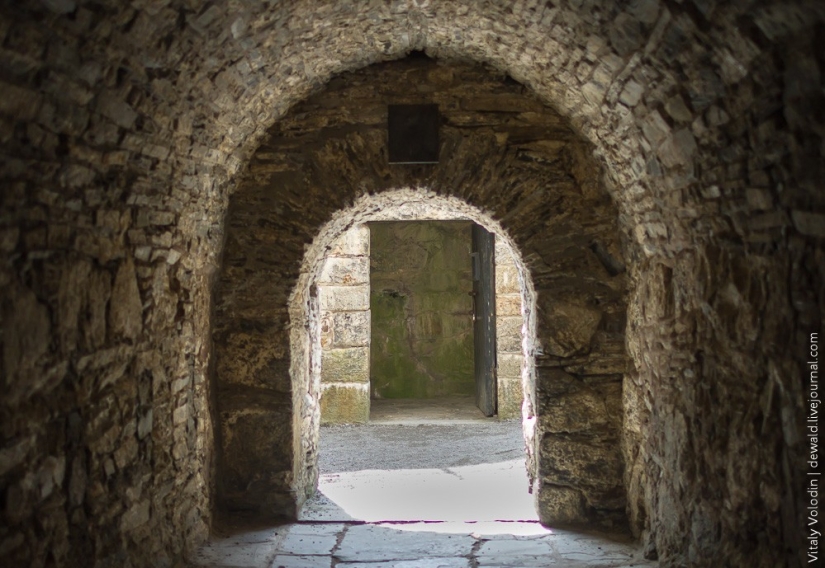
This one, for example, is called Abram Hannibal. He's actually from another story, but on the occasion of the arrival of Russian tourists in Karlsten, he agreed to take us through the dungeons.
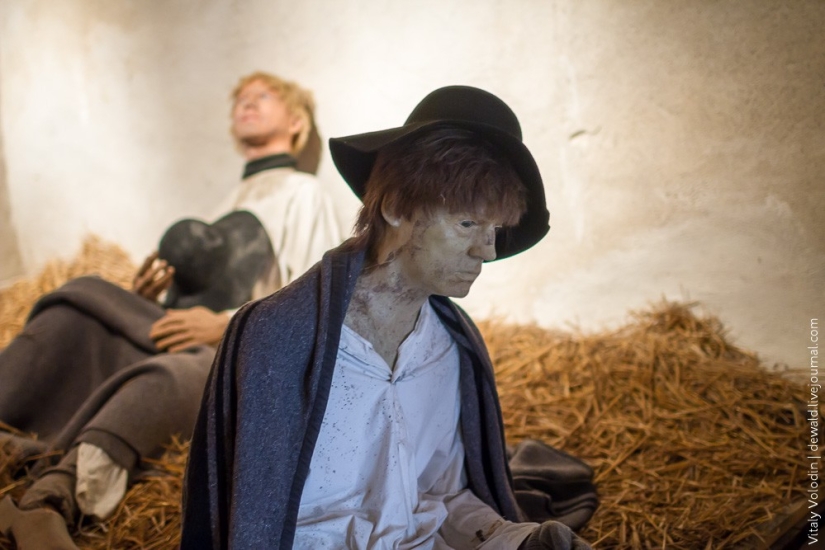
Here Abram Petrovich shows us the sword of the local executioner. Executions for residents of Karlsten were as common as traffic jams for Muscovites. Usually, however, in cases when it was necessary to free up some living space in the barracks, local craftsmen used an axe. The sword was a premium option for VIP prisoners. They treated the tool carefully, that's why it has been preserved to this day quite still working, except that it has rusted a little.

One characteristic story is connected with this sword. In 1719 (it would be superfluous to add, probably, that the Swedes and Danes were at war again at that moment), a small detachment under the command of Peter Tordenskjold approached the Karlsten fortress. He was one of the phenomenal adventurers of the XVIII century. As a boy, Peter ran away from home to become a cabin boy on a Danish ship and circumnavigate half the world on it. At the age of 20 he was only a lieutenant, at 27 he was already a knight and an admiral who did not know defeats, and at 29 he died in a duel.
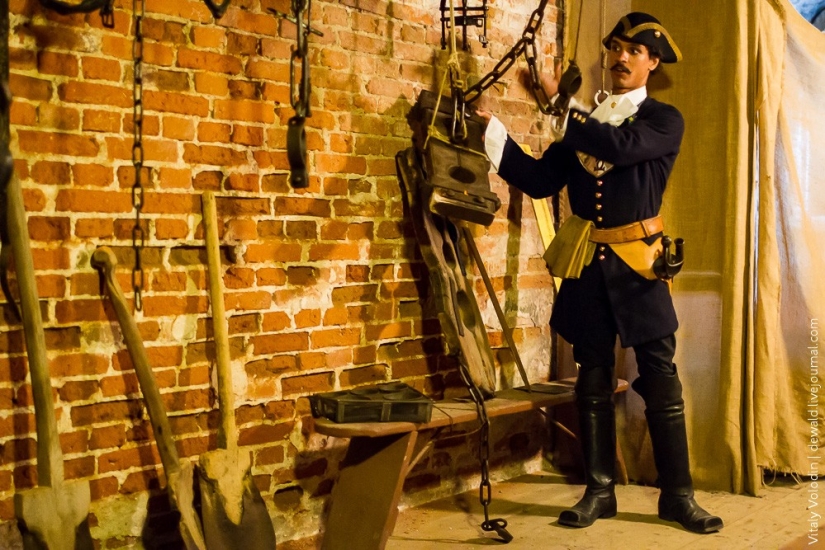
The last feat of Tordenskjold was the capture of the Karlsten fortress. Of course, there could be no question of any assault — for this Peter would need the entire Danish fleet and army into the bargain. But the audacity helped. With his small detachment, Tordenskjold set up camp right in front of the fortress and began to show with all his appearance that he did not care about the lack of strength at all. And while the garrison was trying to figure out what was going on, the young admiral personally showed up to the commandant and demanded that the fortress be surrendered immediately on honorable terms, because from day to day the entire army and the entire Danish fleet would really be here. And then they will not stand on ceremony and will not leave a stone unturned on the island.

Gentlemen take each other's word for it, so the commandant put the garrison on ships the same day and sailed to Gothenburg. So the impregnable Karlsten was taken without a single shot. Tordenskiold was waiting for glory, and the unlucky commandant was waiting for the same sword that is in the photo above. The finale of the story came out completely in the spirit of Dumas' novels. The executioner, who was a friend of the commandant, was so excited that he could not hit the neck in any way. As a result, he himself was sent to the block — as he failed to cope with the production task. The Swedes were thorough in this sense even then.
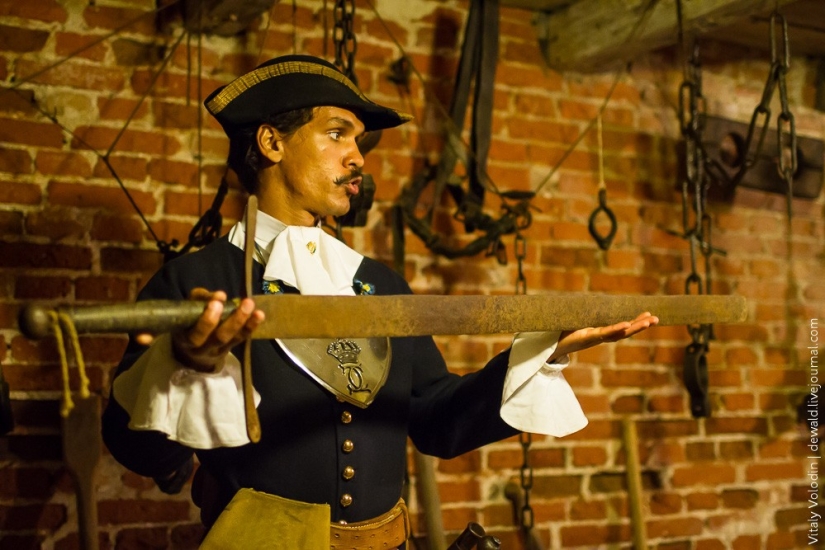
But the main Karlsten story happened a century later, in times not so harsh and gloomy. Thanks to her, Marstrand has become one of the best Swedish resorts.
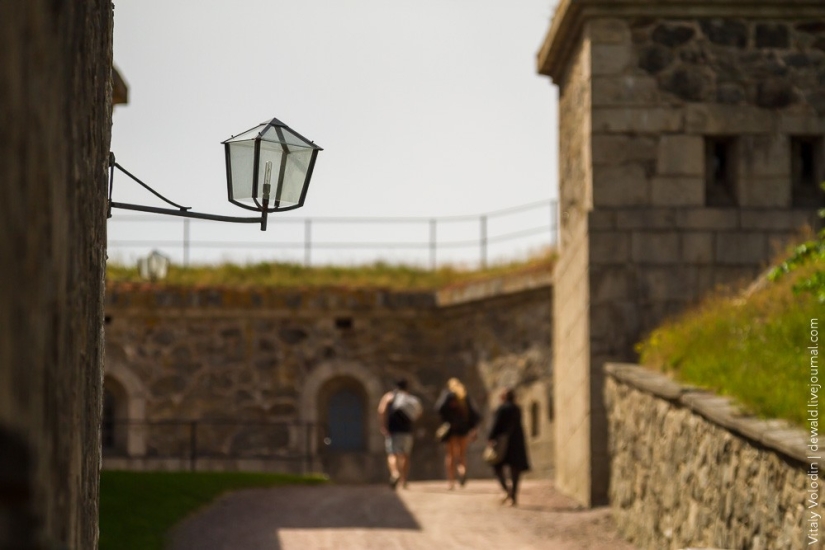
The main character of the story was another adventurer, however, of a slightly different plan. His name was Lars Mulin, but he gained fame under the nickname Lasse-Maya. At the beginning of the XIX century Lasse-Maya was the most famous robber in Sweden. His signature style was to go to work, dressed in a woman's dress (hence, in fact, the nickname Maya). For a long time, this Swedish Conchita Wurst managed to hide from the law, but in the end he (she) ended up in Karlsten. For anyone else, it would have been a final sentence and the end of a career, but for Maya, going to prison was a happy accident. It became a living tourist attraction — audiences from all over Sweden came to see it and listen to exciting crime stories (and Lasse was a great storyteller).
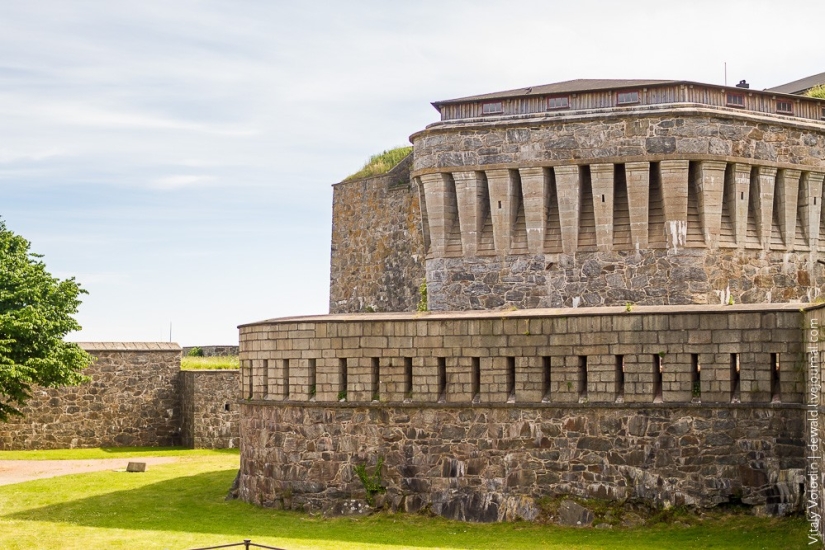
It got to the point that from Gothenburg to Marstrand began to sail a special steamer with rich Swedes who wanted to join the exotic thieves' world. Without leaving prison, Lasse-Maya published his memoirs, which became the country's first bestseller. Finally, the Swedish Crown Prince himself sailed on his yacht to listen to the recidivist, and after listening, persuaded his father to pardon the aspiring writer. The former robber died a star and a respected man.

Karlsten's life changed irreversibly after that. The mores in the prison, which was frequented by famous guests, became softer and softer, then it was completely closed, turned into a museum, and Marstrand became a magnet attracting lovers of sea holidays. And even the Swedes stopped fighting with the Danes — they got tired of it.
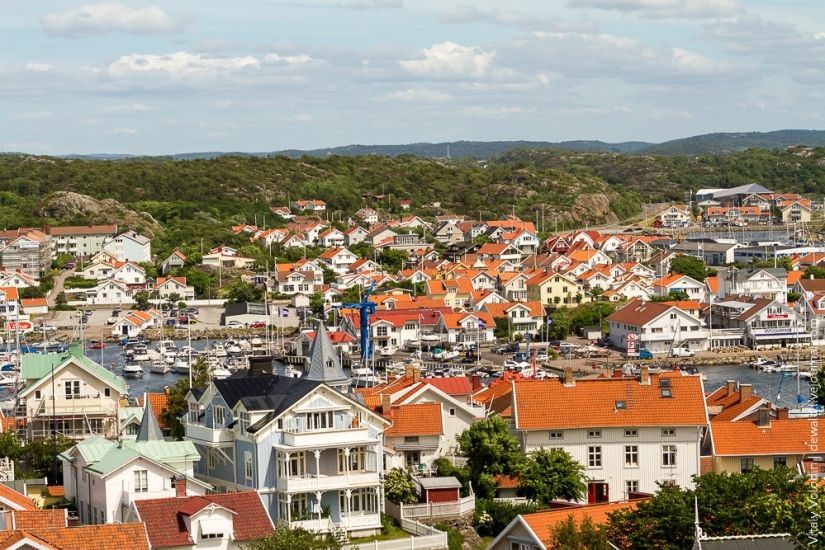
And indeed, well, how to divide such a sea?
Recent articles

French cinema can easily be called a unique direction in art, which is fundamentally different from what he used to do in ...

Fans of actress Monica Bellucci do not associate her style of clothing with black dresses in vain. A famous Italian woman has ...
Related articles

As a child, his mother called Sean Vincent Gillis "a baby with an angelic face" and did not even suspect that her child would turn ...

In the middle Ages between the Slavs and the Scandinavians maintained a close relationship. Kept it not only on trade but also on ...

Despite the fact that sexually transmitted diseases have been known for more than one century, they were effectively treated ...

What could be sweeter cats, dogs and other animals? That's right — nothing! Therefore, we have compiled for you the lovely, kind ...